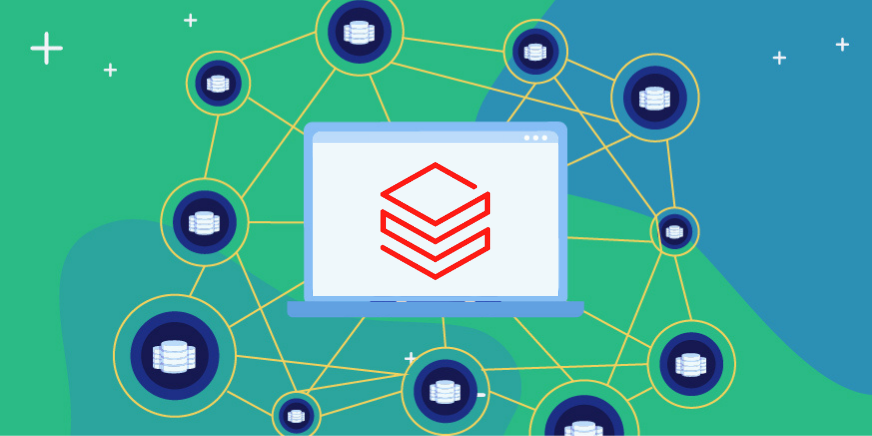In any organization, every employee has a set of data access credentials they need to do their jobs. In today’s complex environment, a steady accumulation of permissions to resources like cloud-hosted apps and data storage repositories poses a significant problem. Left unchecked, this privilege creep becomes an inevitability. When that happens, it exposes an organization to cyber attacks and data leaks.
Privilege creep is a severe administrative oversight. As people amass unnecessary data access rights, organizations become increasingly exposed to cyber threats. This can lead to unauthorized data access, employee data theft, compliance breaches, and insider threats. The issue is especially prevalent in dynamic, fast-growing organizations with high employee turnover rates or complex technological environments. Privilege creep is a ticking bomb in information security, posing a significant threat to data integrity and confidentiality.
Data Access Control in Dynamic Environments
Managing data access control in the face of today’s scale and complexity can quickly become a herculean task. The average organization now uses 315 SaaS apps. Yet most of these apps have multiple accounts and handle potentially sensitive corporate data. Even when access to most or all apps is consolidated under a single sign-on (SSO) process, a lack of granular access controls can lead to privilege creep, creating multiple single points of failure. While its important to monitor the plethora of apps it is even more important to do the same for sensitive data.
Manual Data Access Controls
Data engineers and DevOps teams are swamped with the sheer volume of accounts and requests for data access. When organizations rely on manual data access controls, this results in a significant backlog for granting access and significantly hinders time-to-value from data. Since these teams are already overwhelmed with granting access, it is almost impossible for them to keep up with revoking access after the necessary time. The reliance on manual data access controls leads to users gaining and retaining data privileges they should no longer have.
Read more about how Access Control is the Dementor of Data Engineering
Consider, for example, a multinational corporation with hundreds of employees, each needing different data access rights depending on their role, project, and location. The sheer volume of end users and the diversity of access needs naturally make managing access controls complex. In the hustle and bustle of everyday operations, it’s easy to overlook these small but vital adjustments. As employees shift roles, work on new projects, or leave the company, data access rights can mount up – unless they’re revoked when needed.
The risks associated with privilege creep aren’t theoretical. They have serious real-world implications. For instance, an over-privileged user is a perfect target for cybercriminals. If an attacker gains access to their accounts, they’ll be able to access everything that the employee has access to, potentially leading to a significant data breach.
In essence, the intricacies of managing access controls in dynamic environments contribute significantly to the risk of privilege creep. Without careful, ongoing management of these controls, organizations can find themselves exposed to preventable security risks.
Reduce Security Complexity
As the technology sprawl increases, traditional approaches to data access policies only add complexity. Not only does it take too much time for administrators to manage data access controls, but convoluted login processes also encourage end users to seek risky workarounds to save time. Vital security measures then slip through the cracks.
Self-service data access addresses the dual challenge of complexity and information security by providing end users with their own tools for managing identity and cloud access control. By enabling end users to manage their identities within your predefined security policies, you can reduce the administrative burden and mitigate privilege creep while improving data sharing.
The benefits of self service access controls also have an indirect security benefit. They change how employees think about security by emphasizing security and usability equally, thus helping instill a culture of accountability.
After all, robust security shouldn’t come at the cost of usability, nor vice versa. By striking the perfect balance with self-service cloud data access and automated approval workflows, you can enjoy all the benefits of granular, role-based access controls without the excessive privilege footprint.
A Proactive Approach to Mitigating Privilege Creep
Implementing a comprehensive Data Security Platform that takes a proactive approach to data security posture and automates workflows prevents privilege creep.
Posture Management
A critical step is to know who has the ability to access, what data. Satori’s Universal Data Permissions Scanner (UDPS) scans all databases, data warehouses, and cloud data. The ability to scan all data stores enables data administrators to understand who has access to what data, and why, at all times. Combining this knowledge with Posture Management provides admins with increased visibility and identification of users’ data access so that they can prevent privilege creep.
Self Service Data Access
Additionally, self service data access accelerates the time-to-value from data. It reduces the time wasted by data admins and users who are tasked with granting and revoking data access, while enabling users to gain access to relevant data faster.
Components of a Data Access Control Policy
There are some important components of a data access control policy that prevent privilege creep. Preventing privilege creep reduces the burden on data engineering and DevOps teams and enables teams to share data faster generating time-to-value.
- Role-based access control (RBAC): By assigning access rights based on predefined roles in the organization, you can ensure users have access to the apps and data they need to do their jobs.
- Principle of least privilege (PoLP): No user should ever have access to systems they don’t explicitly need to perform their roles. A single sign-on should give them access to everything they need, but nothing more.
- Zero trust security (ZTA): No organization should automatically trust anything inside or outside its perimeter, especially in remote and hybrid work. ZTA is about continuously authentication all devices, users, applications, and networks.
- Automated data access controls: Automated systems review permissions regularly and prevent ‘stockpiling’ of privileges to enforce concepts like RBAC, PoLP, and ZTA).
Conclusion
Satori’s Data Security Platform take a proactive approach to data security. The use of automated access controls and posture management enables data sharing without letting privilege creep.
Talk with one of our experts about how Satori can help your organization prevent privilege creep and ensure that data is shared quickly and easily without comprising security and compliance.




